ETHICS, WELFARE AND SUSTAINABILITY





The Camps International Group (‘CI’, ‘Camps’) has been leading the way in ethical travel for nearly 20 years. Our unique social enterprise model proves that good business, if done right, can also be good for the planet.

This document outlines the decision-making criteria we use throughout our global operations. We are very proud to have made significant contributions to the long-term success of our host countries in areas such as sustainable economic development, cultural preservation, social inclusiveness, animal welfare, conservation and environmental protection. We strive always to make the right decisions for our communities, project partners and travellers and to deliver the best standard of project work we can; project work that maximises positive impacts and mitigates any negative effects.
Our actions for sustainability in the context of climate are delineated in a separate document, The Camps Climate Action Policy , and within our Responsible Traveller Training programme. We recognise that our activities emit carbon and have an impact on the planet’s climate: we are now in a process of deep and thorough review to reduce carbon emissions, compensate where we cannot eliminate them and achieve net zero as soon as we can.
This document, along with the others mentioned above, forms part of our wider Responsible Tourism strategy to ensure that we continue to have a positive impact on the world and that we, our travellers and communities prosper together.

Does the project involve interaction with other vulnerable/high risk populations?
Vulnerable populations are groups and communities at a higher risk of poor health and welfare as a result of the barriers they experience to social, economic, political and environmental resources, as well as limitations due to illness or disability.
These may include (but are not limited to) the elderly, economically disadvantaged, racial and ethnic minorities, indigenous peoples, immigrants and refugees, people experiencing homelessness, people with disabilities (physical and mental), pregnant women.
Due to the humanitarian nature of many of CI projects, there is an extremely high probability that volunteers will come into contact with vulnerable populations.

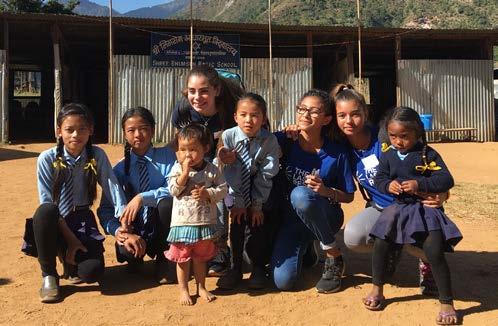
Every project is carefully considered and agreed in partnership with key stakeholders within the local communities in question.
Visits to vulnerable groups are not permitted unless they are directly relevant to project goals, are mutually beneficial to each party (e.g. cultural excursions) and have been approved in advance.
All projects involving interaction with vulnerable populations are supervised, structured and limited.
Projects that interact with children carry unique risks. Unplanned interactions between local children and volunteers/tourists can be extremely disruptive to important routines, including schooling.
Children in developing countries are often extremely vulnerable and may have a complex and traumatic background, which may be exacerbated by interaction with strangers.
All projects involving interaction with children are supervised, structured and limited.
Prior permission is sought from the school and Camps International works within the school schedule.

Does the project involve interaction with children?
Does CI’s Child Safeguarding Policy specifically take into account and address the protection needs of children in overseas destinations?
Overseas volunteer travel present unique risks to travelling students and local children in the selected destination communities.
CI’s Child Safeguarding policy includes a specific section dedicated to children in host communities.The policy identifies the risks to both students and local children and specific mitigation strategies to prevent those risks from occurring.
Are all project staff required to undergo a criminal record check? This includes staff of third-party providers or partner organisations
Securing a criminal record check for all adults is crucial in ensuring volunteer travel experiences are safe for volunteers, students, teachers and the local communities.
All staff and participants over the age of 18 undergo a criminal record check prior to being approved for participation.
Does CI have informed consent from the subjects of photos used in their marketing materials?
Subjects of photos should give informed consent for their image to be taken and used. Informed consent means the subject understands how, where and by whom their image will be used.
Children below the age of 15 years are generally considered unable to give informed consent. In these instances, their parents should give informed consent.
CI considers the needs and rights of local communities as paramount and seek permission from relevant parties to take and use images to promote our ethical objectives and volunteering experiences only.
Images taken are never sold on to any third parties.

Does CI allow volunteers to post pictures of project partners or local communities on social media?

Images taken informally by volunteers are often obtained without the informed consent of the subjects. Additionally, images can be shared and used on other platforms without the volunteer, or subject’s knowledge or consent.
CI provides clear guidance to all clients about the need to seek permission from subjects before taking photos.
CI provides guidance to help volunteers make informed decisions before posting on social media due to their potentially exploitative nature.
Does CI use photos that depict people as alone, sick, vulnerable or in poverty in their marketing materials?
Using marketing images of children and other vulnerable people that depict them as alone, sick, vulnerable or in poverty breaches ethical standards around the dignified portrayal of others and can reinforce negative and harmful stereotypes.
CI uses images that depict local community members in a positive manner.
Where images of children are used, CI tries to depict groups of children together.
Children are fully clothed in images.
Are volunteers always supervised by a member of project staff?
It is important that volunteers are supervised in their work to ensure that they provide maximum benefit, do not cause harm and are not at risk of being harmed.
Are volunteers/ visitors ever left alone with project partners?

Allowing visitors or volunteers unsupervised interactions community members, particularly children, can pose risks to either or both parties.
Volunteers are always supervised by a member of staff that understands the project and the needs of the volunteers.
Visitors or volunteers are never in a situation where they are left alone with community members, especially children or vulnerable individuals.
Are the people who run the project from the local community?
Local people understand their development needs better than outsiders and should be able to self-determine what development they want in their own communities. Local leaders will remain in the country and be able to offer on the ground support throughout the duration of the project.
Do local community members have the opportunity to participate in the project?
If only outside volunteers participate in a project, there will be no local ownership and also less likelihood that the project is responsive to a community need. If community members do not participate, the project is more likely to reinforce ideas of inequality.
Does the project specifically include marginalised populations and is gender sensitive?
Even when projects are developed locally, if only majority groups have input then often help does not get to the people in real need (for example, girls and women, people with disabilities, or people from minority groups).
Those making decisions about the project are local people to ensure sustainability of project activities.
Local people work alongside outside volunteers as partners and mentors.
Project planning incorporates the voices of marginalised groups and actively targets them and shows a clear commitment to equal opportunities for girls and women.
Do project staff speak the local language?
Project staff may come from a different ethnic group or part of the country, or even be a foreigner. If project leaders cannot adequately communicate with local people, they run the risk of the project not meeting local needs.
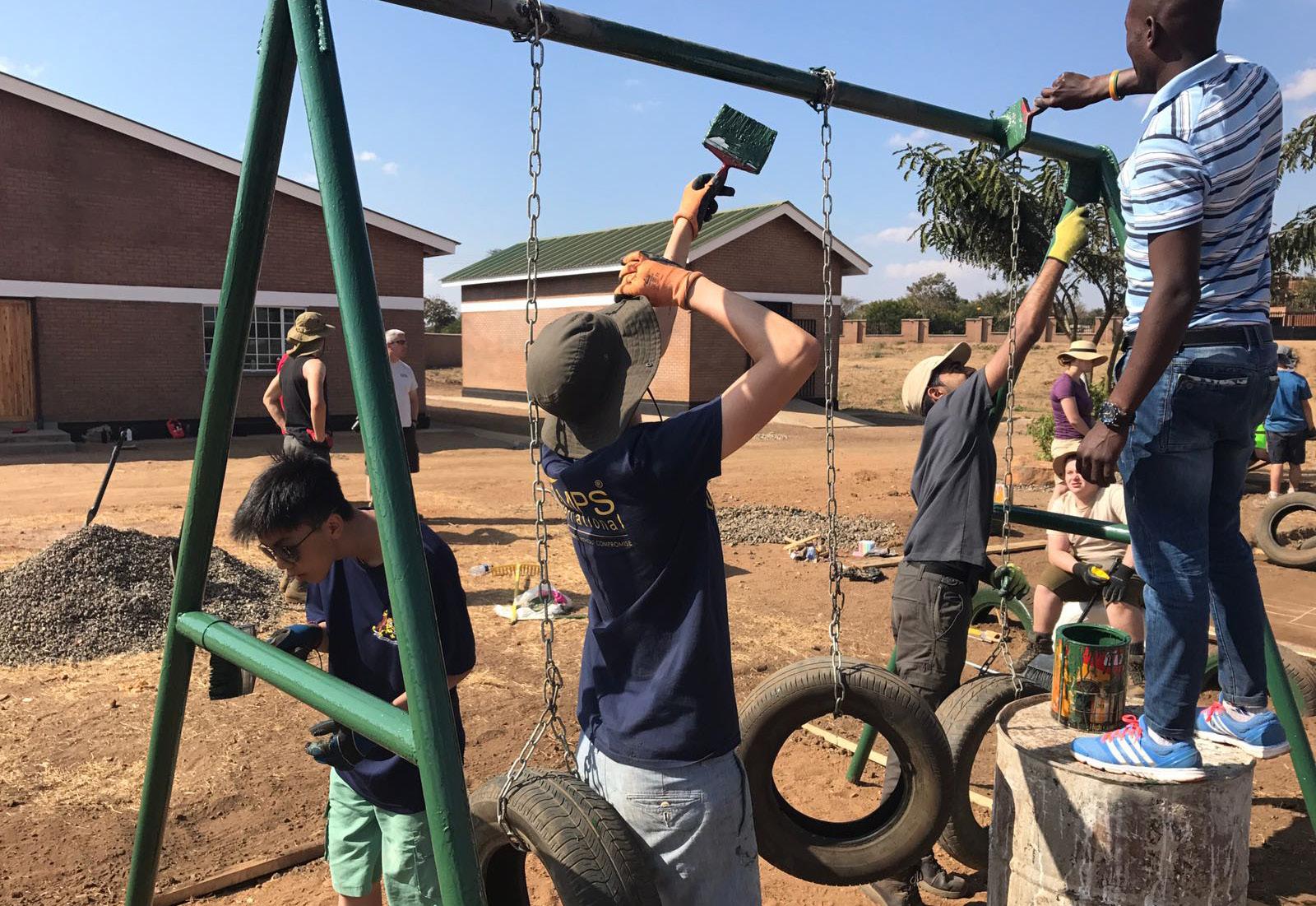
Project leaders can at least speak the local language and where possible, are from the same region.
Is there a clear mechanism for project partners to give input to, provide feedback on, and complain about the project?
If project partners are respectfully consulted and included at all stages of a project, it is more likely to respond to a need and stay relevant. If there is a clear process through which local people can give feedback and suggestions, it can ensure that the project is transparent.
CI has a recognised system in place to collect and respond to input from project partners, and a clear and accessible Grievance policy.
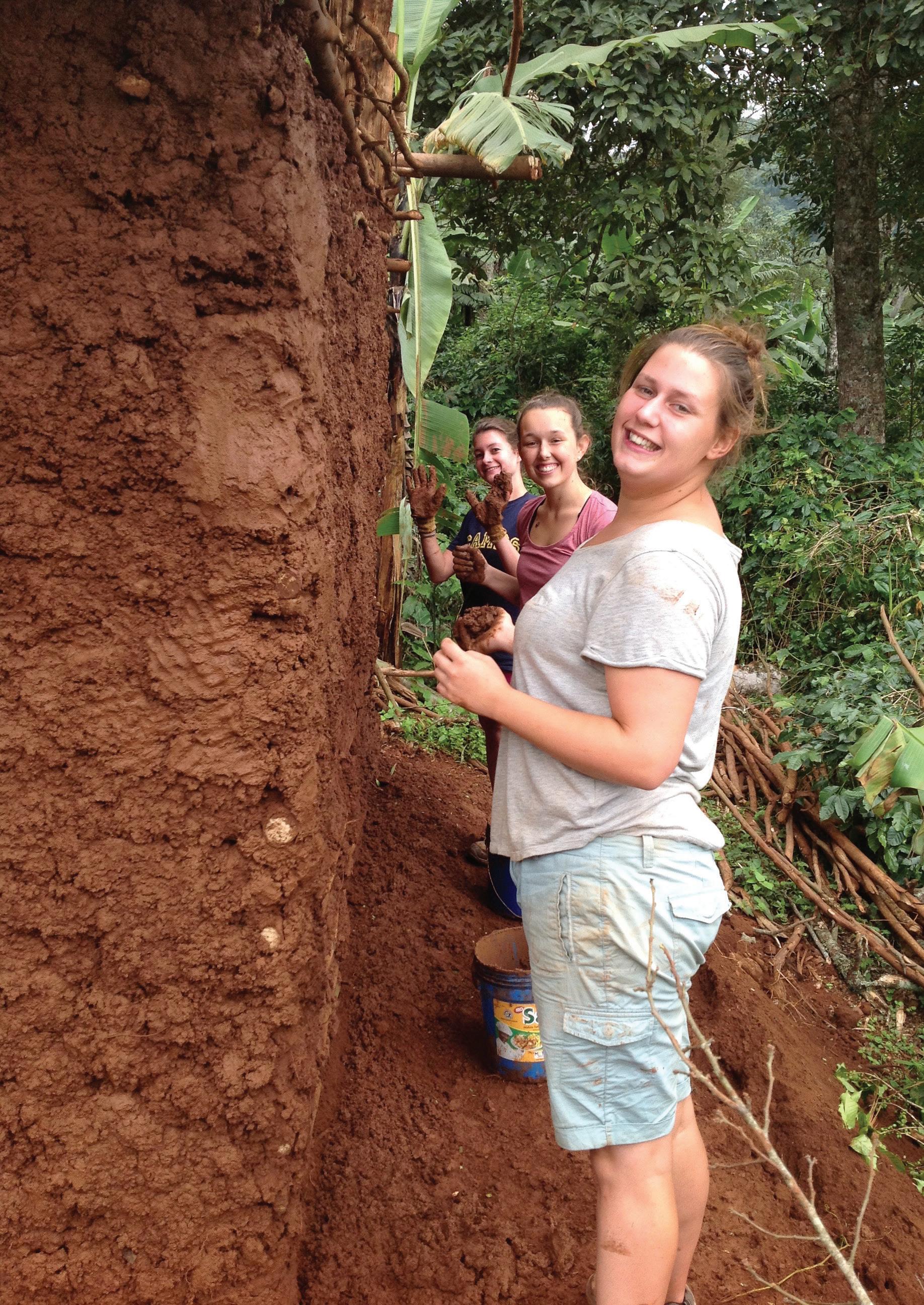
Are projects regularly monitored and evaluated to assess progress?
Monitoring and evaluation of project activities is a core and essential part of community development and conservation work. Monitoring and evaluation provide accountability for use of resources, funds and volunteer inputs and ensures that projects benefit the local community and meet their stated objectives.
A regular and thorough project reporting and evaluation system is in place to ensure that project needs are being met and resources are being used appropriately to achieve the agreed objectives of the project.
Do project staff report failures or lessons learned?
Many projects do not result in the intended outcome. This is a reality of working in challenging environments and trying to solve complex social and conservation issues. Reporting on failures and lessons learned is an important part of the development process and allows for ongoing improvements.
Is it clearly communicated how volunteers fit into the mission of Camps International’s project activities?
Some organisations work with volunteers because it brings financial benefit, rather than ensuring that the work of volunteers fit with a wider strategy.
Project staff should be transparent about the challenges, failures and lessons learned in their projects and adapt their work accordingly or seek advice from other members of the CI team.
It is made clear to all volunteers how their contribution supports the wider objectives of CI’s social, environmental and conservation work so they recognise that their work is valued.

Does the project have a clear exit strategy and is there a sustainability plan?
Projects should not be designed to exist forever. Issues and priorities change and funding runs out. Also, ongoing projects can create dependency. An exit strategy is a planned, timely and responsible withdrawal from a project area.
Does Camps International have mechanisms in place to protect against fluctuations in the number of
Volunteers are more likely to be present at certain times of the year (peak holiday seasons, school holidays). It can be hard for organisations to plan activities if the numbers of volunteers are
Every project run by CI has a time limit, a sustainability plan, and a clear exit strategy.
Fluctuations in volunteer numbers are somewhat mitigated by the long lead in time after bookings and International regions preferring different travelling
Is the project addressing a root cause of a problem (i.e. is it working towards a long-term solution to the issue)?
The most sustainable projects are doing work that tackles a root cause of a problem, so that the problem will not be an ongoing issue. Other projects address only symptoms, meaning that the problem will not be resolved (e.g. handing out food).

Projects are carefully developed to tackle root causes including: Housing and Welfare, Food and Water Security, Healthcare and Sanitation, Education and Training, Wildlife Conservation and Animal Welfare, Environmental Protection and Climate Change. In rare cases, CI may fulfil a short-term need such as disaster relief.
Does CI offer ways and opportunities for volunteers to stay involved in the issue/ cause in the future?
Many projects involve volunteers engaging in an issue for a short period of time after which they leave and have no contact or knowledge of the ongoing process of the project. These types of project offer little benefit for local communities and represent a lost opportunity for volunteers to return home and advocate on the issue.
CI ensures that on return home, volunteers have been equipped with the knowledge and resources to practically engage with the issues they have been working on.
Specifically, every volunteer is encouraged to support the Camps Foundation where they receive annual project updates and ways to continue supporting the projects they worked on, increasing their long-term impact beyond the length of their stay.
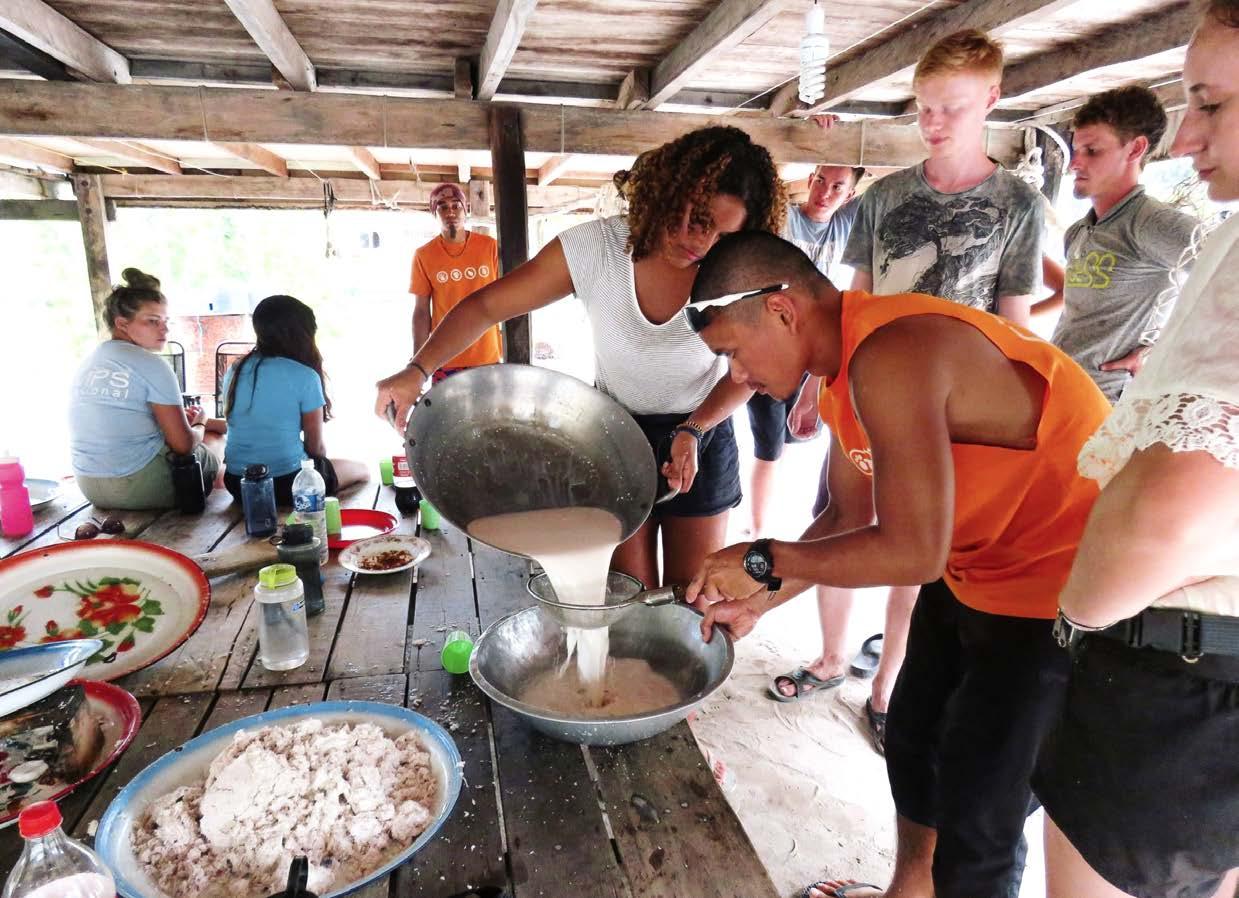
Does the project maximise the positive effects of tourism activities on local communities?
Employing and training local staff, buying produce from local suppliers and paying fair wages can maximise the positive effects of tourism and increase buy in from the local community as they see lasting tangible benefits of our presence beyond our projects.
Every camp and project employs local staff, use local guides, use local sustainable building materials, and buy produce from local suppliers wherever possible to support the local economy and to minimise the revenue that ‘leaks’ out of local areas.

CI recruits and employs staff transparently and fairly, creating a diverse workforce in terms of gender, ethnicity, age and disability.
Where possible, CI offers training and career progression opportunities to local people.
CI support community-based tourism initiatives/enterprises by encouraging tourists to visit these.
CI implements fair trading practices with local communities.
Residential care refers to all institutions housing children overnight. This includes orphanages, shelters, safe houses, children’s homes, children’s villages, boarding schools, rehabilitation centres, transitional homes etc.
Does the project involve visiting or volunteering at a Residential Care Institution?
Residential care is an outdated and harmful model of care for all children. Many children that end up in orphanages actually have a suitable family to live with at home, but financial incentives perpetuate this damaging practice. The detrimental effects of growing up in residential care are exacerbated by the presence and constant flow of short-term visitors and volunteers.
CI completely avoids visiting, volunteering and donating to residential care institutions due to the unacceptable risk of harm to local children.
Does the project involve caring for children (playing, bathing, feeding, helping with hygiene, dressing etc)?
These caring activities may seem helpful, and relatively simple for volunteers to engage in. However, they provide very little benefit to the local community and perpetuate feelings of inequality. Additionally, children who are unable to care for themselves are particularly vulnerable to abuse and the harm caused by short-term visitors and volunteers. These activities should be restricted to the child’s primary caregiver.
CI completely avoids engagement in these types of activities due to the unacceptable risk of harm to local children.

Does the project involve a ‘home stay’ component, where volunteers stay in family homes in the local community?
Home stay experiences can offer a unique cultural immersion, but they also carry risks to both travelling volunteers and children in host communities. Host communities are often unaware of the potential risks to their children by participating.
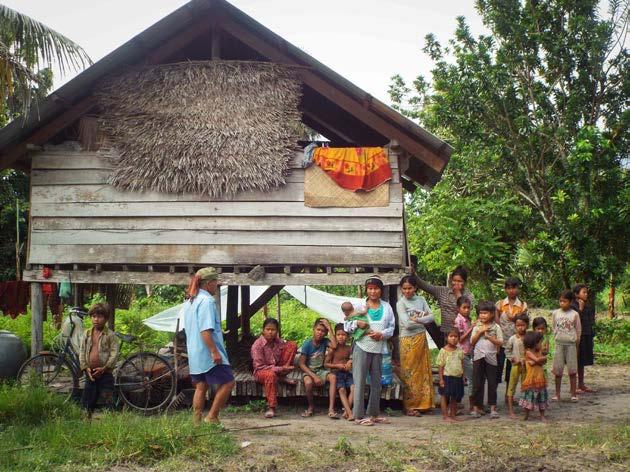
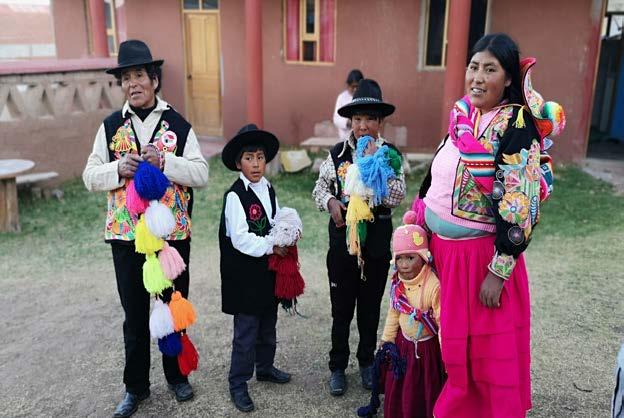
Host families are fully trained and properly vetted.
Home stay communities are made aware of the risks and benefits of a home stay system.
CI Child Safeguarding policy is in place.
Volunteers are properly briefed on the proper behaviour and etiquette expected of them during home stays.
Does the project involve teaching?
If teaching is part of a project, ensure that volunteers are qualified to do so and are only given the amount of responsibility that they would have in their own country or place of work.
Does the project involve visiting or volunteering at an educational institution such as a school or kindergarten?
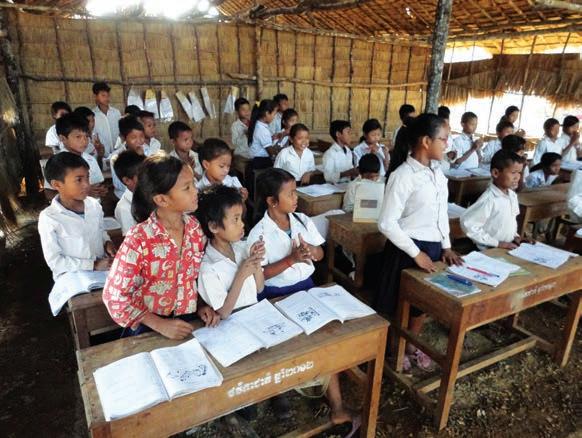
Visiting schools and kindergartens during class time can disrupt children’s ability to learn and also present a child protection risk. Giving gifts to local children promotes a belief that all foreigners are safe and perpetuates ideas of inequality. These activities disrespect children and local families through promoting the perception that they are ‘poor’ and need ‘saving’ by foreign visitors.

Unqualified volunteers are limited to the role of teaching assistants to local teachers or supervised when teaching informal conversational English only.
School visits are part of an ongoing project that has measurable outcomes and does not cause disruption to local students or teachers.
The distribution of gifts is managed carefully and ideally done by the school itself. The Camps Foundation is able to facilitate the appropriate and equitable distribution of donations.

Has the project been assessed to ensure it is not disrupting local students’ classes, or their free/family time?
Due to disruption caused by volunteer visitors during school hours, sometimes children are required to come to school in their free time to catch up on the curriculum, or simply to be present when volunteers arrive.
School visits are planned well in advance so as not to disrupt teachers and students. Visits form part of an ongoing relationship with defined and measurable objectives.
If the project involves visiting or volunteering at an educational institution, are the volunteers and students of similar age?
Many school visits involve volunteers spending time playing with students well below their age group. These visits can place children at risk, can be disruptive, and may perpetuate ideas of inequality. It also provides very little benefit for either the children or the volunteers.
Is it clear what the intended outcomes of visiting or volunteering at the educational institution are?
Some school visits are set up like tourist attractions, so that visiting groups can view and experience local daily life. However, this has little benefit for the educational institution itself and can be disruptive and perpetuate ideas of inequality.
School visits form part of an ongoing relationship with defined and measurable objectives.
Where possible, volunteer to student interactions are between individuals of a similar age to ensure activities are mutually beneficial.
All school visits have clearly defined aims that have measurable benefits for the host institution.
Does the project involve healthcare or health education?
Some expeditions involve healthcare related activities as there is a great need for these in developing countries. However, travelling volunteers are often not qualified to deliver health interventions.
Does the project involve a visit to a healthcare facility?
Some projects involve visits to healthcare facilities. Patients are extremely vulnerable, and it can be hard to ensure patient privacy and confidentiality when visitor groups are allowed inside facilities.
All healthcare work undertaken by volunteers would be allowed and appropriate for them to undertake in their home country.
Does the project require volunteers to administer healthcare to community members?
Some projects place volunteers in the role of healthcare providers, often as a way to combat resource shortages in healthcare facilities overseas. Having unqualified volunteers administer healthcare can place both the patient and the volunteer at risk.
Does the project require volunteers to educate others about health concepts?
Some expeditions involve health education, usually in order to improve behaviours such as hygiene practices. In some cases, volunteers are educated enough on the topic to deliver clear messaging, or else there are language or cultural barriers.
CI avoids visits to healthcare facilities unless there are specified objectives that the volunteers are qualified to deliver.
Volunteers never take on any role that they would not be qualified to do in their home country.
Volunteers only educate about concepts that they know well, that are not culturally sensitive (such as womens health) and that they would be allowed to educate on in their home country.


Does the project involve construction of wells, buildings or other infrastructure?
Many projects involve construction work and manual labour that is physically satisfying, and a team can work on together. In these cases, the quality of the infrastructure needs to be carefully checked and maintenance provisioned for in the project plan. There is also an additional risk of volunteers replacing local workers.
All construction projects have a clear rationale as to why volunteers are involved and how safety, quality and long-term usability can be guaranteed.
All construction projects are overseen by qualified and skilled local tradespeople.
Has the infrastructure been designed by a local engineer/ architect?
The majority of volunteers are not qualified in infrastructure design. Experts need to be involved in design and quality assurance. Even engineers and architects from other countries may not be fully versed on conditions in the country where the project takes place.
If the infrastructure is to be privately owned, is there clear selection criteria for project partners?
Houses or wells are often made for individuals or families. If the selection process is not carefully managed, this can cause jealousy or conflict in communities, and disrupt local power balances.
All infrastructure projects are designed and overseen by a qualified local person.
Clear and transparent selection criteria for recipients in place that has full buy-in from the community.
Are volunteers appropriately skilled to perform the tasks expected of them?
Many tasks in building or construction work require specialised skills. If work is not completed to a certain standard, then it can pose a safety risk to community members and volunteers.
Volunteers don’t perform tasks that they would not be qualified to do at home.

For unspecialised tasks, full training and supervision is given by a local trades person.
Is it clear who will be responsible or organising any repairs required?
A major problem with donated infrastructure is that recipients don’t feel they have ownership of the project and may not invest in ongoing repairs and maintenance. Additionally, local people may not have the funds available to carry out essential repair work.
Sustainability plan in place for each construction project, detailing how repairs will be dealt with and who is responsible. This plan has been clearly communicated to recipients.
Volunteers refrain from ‘labelling’ construction projects with their hand prints, names or school groups to help foster ownership by the local community.

Will volunteers’ work be supervised and checked by a qualified builder on site prior to use by the community?
Volunteers may not have worked in construction before and not have the ability to check whether their work is sound. For the project to have benefit, the infrastructure needs to be of a high standard.
Are volunteers educated in relation to occupational health and safety on a work site?
Construction work carries inherent health and safety risks, including risk of injury and chemical inhalation. Other countries may not have the same health and safety measures in place.
All volunteer work checked by a qualified worker who will make any changes necessary to ensure structure is safe and doesn’t do harm to local communities.
Prior briefing given on what processes volunteers are expected to engage in and what protective equipment will be provided.
Enough equipment is provided for both volunteers and local workers.
Volunteers only engage in activities that they would be able to do in their home country.

Does the project/ activity require interaction with animals or wildlife?
Working with animals is one of the most popular volunteering experiences and is often seen as easy work for unskilled students to engage in. Some organisations exploit the demand to work with animals and engage in practices that do not prioritise the welfare of the animals.
Does the activity jeopardise the health, welfare and survival of the animals being observed?
Wildlife tourists expect a reasonable chance of viewing key species. However, if the welfare of the animal is not the key priority, then tourists may put wildlife at risk. This can happen by disrupting natural feeding, escape/survival behaviours, causing stress, disrupting breeding success, alterations to the animal’s habitat, littering, disease transmission from tourists to animals, or accidental death of animals.
Ensure that all animal and wildlife projects create minimal disturbance to the natural environment, and do not remove animals from their natural habitat.
All clients are given guidance on appropriate behaviour when viewing wildlife in different environments before travel.
CI only uses reputable safari organisations that stay on main tracks, drive slowly and considerately, give animals the right of way and maintain a safe distance to avoid causing stress to animals and putting clients at risk.
Reporting measures are in place for instances where best practice is not being observed.
Is there a clear reason why volunteers are interacting with wild animals?

Does the organisation/activity include unacceptable practices involving free-roaming wild animals?
Volunteers do not usually have the skills to deal with wild animals. Animals due to be released back in to the wild should not be habituated to human contact.
This includes:
Unregulated wild animal and plant collection
Direct contact with and feeding of free roaming animals
Human initiated physical interaction with wild whales, dolphins and turtles
Trade and sale of endangered wildlife products
Trophy hunting
Unskilled volunteers do not work directly with wild animals.
CI does not condone any of these practices and has a responsibility to report such activity to the relevant organisations and/or authorities when appropriate.
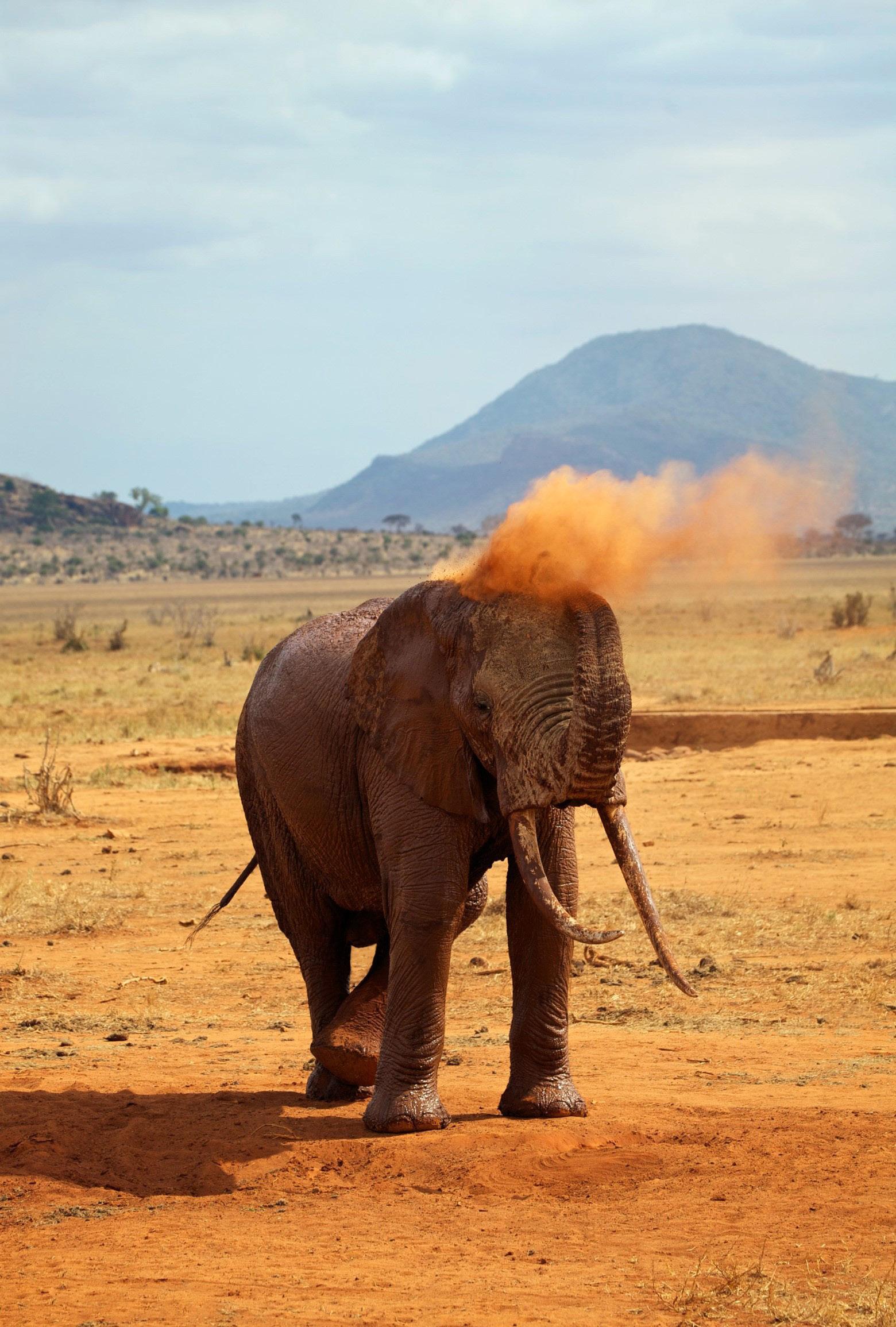
Are all visitors made aware of the dangers of purchasing wildlife souvenirs?
Many tourists take souvenirs home as a reminder of their trip. It’s extremely important that any wildlife (plant or animal) souvenirs do not affect threatened animal and plant species. Additionally, the importation of some plant and animal products is illegal in many countries and may result in prosecution.
CI ensures that all clients are made aware of the issue surrounding wildlife souvenirs before they travel, specifically including, but not limited to:
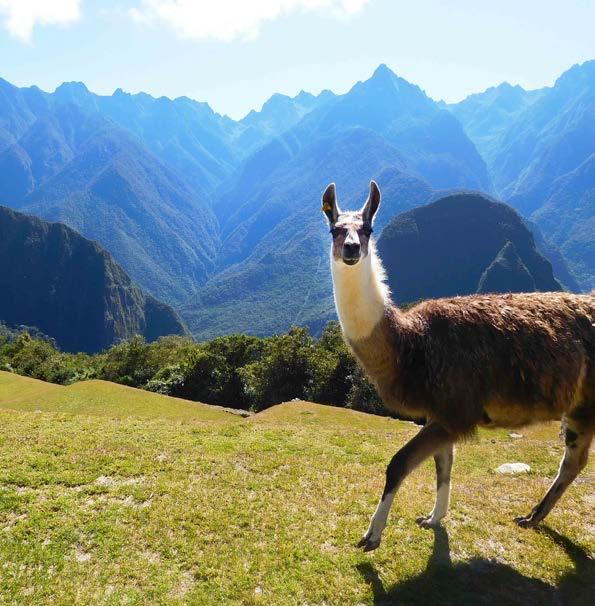
Shells, coral, starfish and seahorses
Ebony and other hardwood products used for wood carvings
Reptile skins e.g. monitor lizards/snakes (worked into leather products)
Porcupine quills
Animal horns e.g. antelope, rhino
Tortoiseshell products
Spiders, butterflies and other insects
Products made from ivory Products made from endangered animals’ skin and/or furs
Traditional medicines made from animal parts and products
Any other wild or wildhybrid animals, or products derived from them
Does the activity involve the consumption of wild animal products (other than sustainably sourced fish)?
This includes but is not limited to dishes or folk remedies such as:
Shark fin soup
Turtle soup Bear bile Civet coffee Bush meat Snake blood Tiger wine
Are visitors likely to come in to contact with stray or free roaming domesticated animals?
Due to the locations where CI operates, it is likely that volunteers may encounter a number of stray or free roaming animals during their expedition. Contact such as petting or feeding may not only be hazardous to the volunteers (risk of attack, crushing injuries, disease transmission) but may also seriously jeopardise the welfare of the animal.
CI prohibits any of these practices and has a responsibility to report such activity to the relevant organisations and/or authorities when appropriate.
Volunteers should not approach or feed stray or freeroaming domesticated animals.
CI provides clear briefings to all clients before travel.

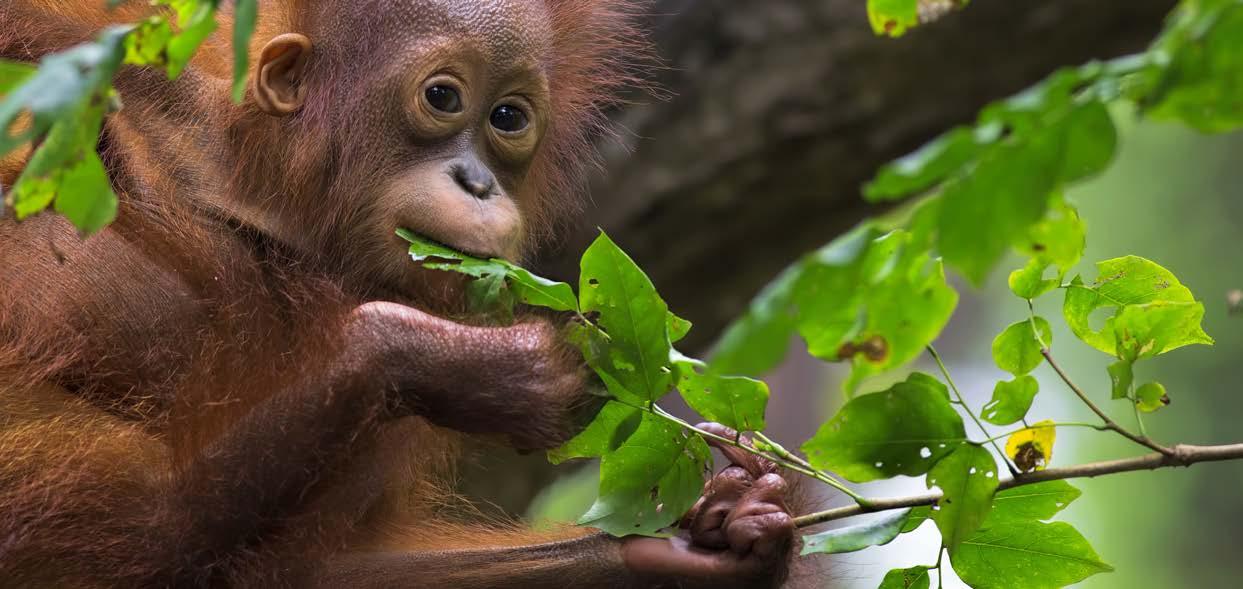

Is the captive environment suitable for the animals being held there?
Animal species have evolved over thousands of generations, both physically and behaviourally, in order to optimise their chances of survival in the wild. In captivity, animals can face a number of challenges for which evolution has not prepared them; the geographical location, climate and even enclosures.
The Five Freedoms are internationally accepted standards of care and welfare that all animals should receive as a minimum standard of humane treatment:
Freedom from hunger and thirst: access to fresh water and a diet to maintain full health and vigour.
Freedom from discomfort: by providing an appropriate environment including shelter and a comfortable resting area.
Freedom from pain, injury or disease: by prevention or rapid diagnosis and treatment.
Freedom from fear and distress: by ensuring conditions and treatment which avoid mental suffering.
CI ensures the following as a minimum requirement:
All animals have regular, daily access to adequate and clean drinking water in line with their speciesspecific needs.
All animals are fed appropriate food via an appropriate feeding routine.
The feeding regime must mentally stimulate the animal(s) and encourage expression of natural behaviours.
Enclosures allow all animals to move and exercise freely and to maintain sufficient distance from other animals in case of conflict.
Enclosures are environmentally complex, including natural substrate, shelter and environmental enrichment to encourage natural behaviours.
Facility employs a vet who is knowledgeable and experienced in the health and welfare of the relevant animals.
Is the captive environment suitable for the animals being held there?
(continued)
Do the animals have access to the same conditions as if they were in the wild (i.e. food, space, social interactions)?
Freedom from fear and distress: by ensuring conditions and treatment which avoid mental suffering.
Wild animals have strong instincts to run, hunt, and interact with other animals. To deliver high standards of welfare, these conditions may need to be provided artificially or compensated for. Inappropriate conditions can cause damage to mental and physical health leading to behaviour problems, diseases and early mortality.

Visitors should not be permitted to take photographs with wild animals.
Unskilled volunteers do not work directly with wild animals.
Is there a clear reason for wild animals being kept in a domestic setting?
Some wild animals are exploited for tourism, such as elephants used for rides. In other cases, wild animals are rescued from unsafe situations in the wild.
CI only works with or visits organisations where there is a clear and ethical reason why the animals are not living in the wild, and there is a clear long-term plan for the animal’s welfare. The animals should not be captive for tourism purposes.
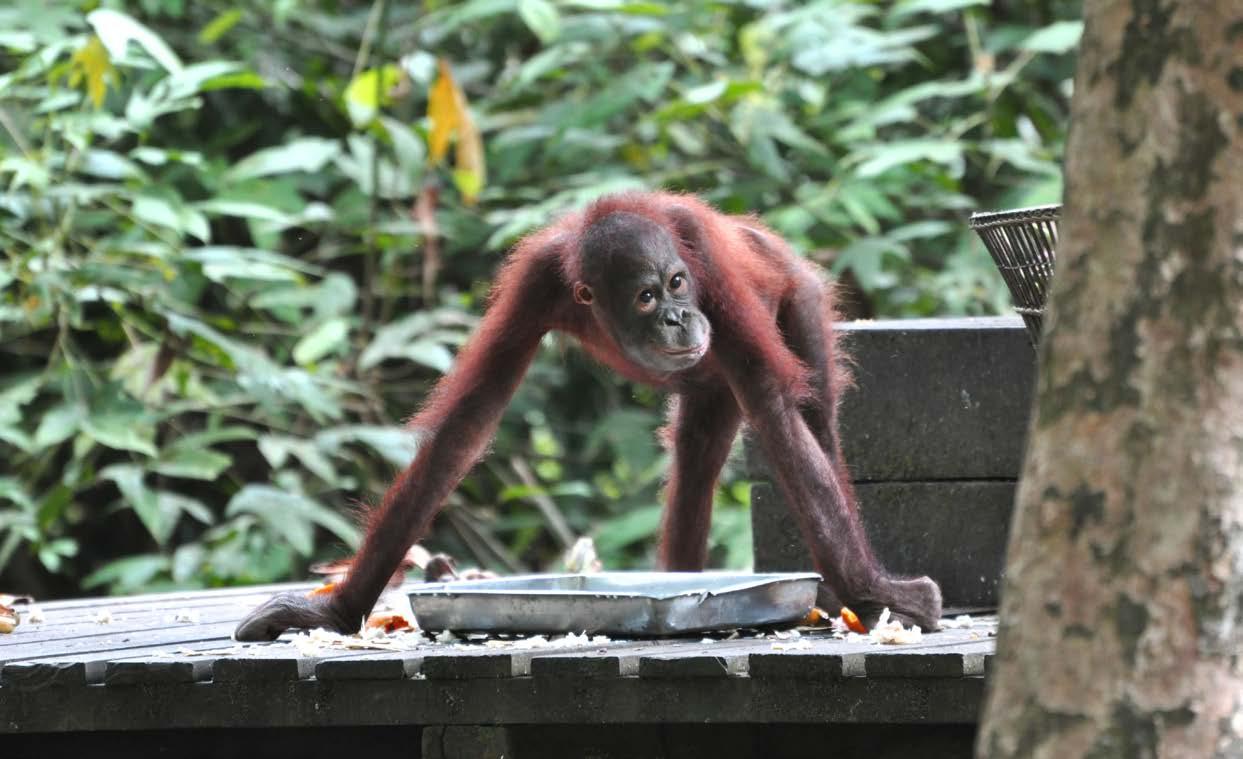
Does the programme involve a visit to an animal sanctuary? (An animal sanctuary is a facility that rescues injured, confiscated, orphaned or abandoned animals and provides short or long-term refuge and/or rehabilitation)
Many visitor attractions call themselves a ‘sanctuary’ when in fact they are simply a tourist attraction that is unregulated, often with little or no animal welfare considerations.
Animals are only kept away from their natural environment in extenuating circumstances.
The sanctuary should have all relevant regional, national and local government permits and licences.
Animal sanctuaries should not allow animals to breed or replace animals.
Are animals being prepared to be released back into the wild?
Many organisations house wild animals on a short-term basis in order for them to be reintroduced into the wild. In these cases, their interactions with humans should be minimised and not offered by untrained volunteers or visitors.
CI avoids volunteer contact with animals that are due to be released into the wild and obtains verifiable evidence of animals being released.
Does the organisation/ activity involve marine mammals in captivity?
It is unnatural and detrimental for marine mammals like dolphins, whales, sea lions and polar bears to be kept in captivity for entertainment purposes.
CI prohibits all experiences involving marine mammals in captivity, except for certain limited observational experiences in which a validated non-profit is conducting rescue or rehabilitation.
Is the captive environment registered with the relevant authorities and regularly inspected?
Around the world, varying degrees of regulation exist with regards to animal attractions. Additionally, there are a number of professional associations which they can join which regulate their members to ensure best practice and high welfare standards.
CI only works with organisations that hold complete, accurate animal stock lists, veterinary records and any appropriate and up to date licences that can be inspected. This paperwork should be in place for any animals which have been acquired from the wild.
The facility should ideally be a member of a professional trade organisation that prioritises animal welfare and have appropriate insurance in place.
Does the organisation/ activity include unacceptable practices involving animals in captive attractions?
Certain activities are widely recognised as having a detrimental impact on animal welfare, and in some cases, they may present a high risk to visitor safety.
These include:
Animals on display in restaurants and entertainment venues involving bad practice including but not limited to dolphin shows, circuses, animal amusement parks and travelling petting zoos
Animal breeding or commercial trade in sanctuaries and orphanages.
Animals used as photographic props involving bad practice
Animal performances based on non-natural behaviours and shows where training methods compromise welfare
Surgical or physical modification of the skin, tissues, teeth or bones of an animal, other than for the purposes of genuine medical treatment
CI does not condone any of these practices and has a responsibility to report such activity to the relevant organisations and/or authorities if it is considered appropriate.
Does the organisation/ activity include unacceptable practices involving animals in captive attractions? (...continued)
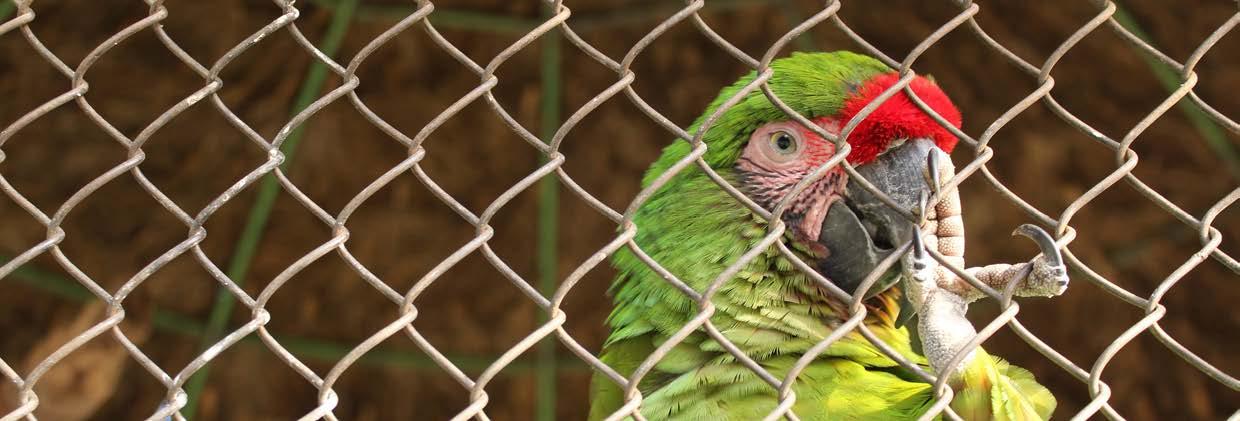
Attractions involving direct interactions with big cats
Allowing guests to ride, bathe or feed elephants or other tame wild animals in captivity
Canned hunting, elephant polo, ostrich riding and unlicensed zoos
Does the organisation/ activity include unacceptable practices involving animals in cultured events and activities?
These include:
Animals used for begging (e.g. dancing bears, snake charming, primates)
Bear baiting, bile farms, bear pits
Bull fighting and bull running Cock-fighting Reptile farms
Crocodile and alligator wrestling Tiger farms
Greyhound racing and dog sled racing
Horse racing and horse polo
Surgery or physical modification of the animal other than for the purposes of medical treatment
Ritual animal slaughter
Feeding animals with live vertebrate prey
CI does not condone any of these practices and has a responsibility to report such activity to the relevant organisations and/or authorities when appropriate.

Are animals subject to invasive actions?
Invasive actions include restricted movement (chaining/ caging), trained using negative reinforcement or punishment, trained to perform unnatural behaviours, or making modifications to the normal physiology of animals to reduce risks when handling (e.g. declawing, tooth extraction). Any form of invasive action causes severe harm and distress to an animal.
Are animals tethered or hobbled?
Tethering or hobbling are forms of restraint that prevent animals from evading danger. Both forms should be discouraged and where absolutely unavoidable should only be conducted using appropriate materials and methods that do not cause risk to the animal’s welfare.
CI only works with organisations that have a proven track record of high animal welfare. CI never works with organisations that use invasive actions.
CI ensures that tethering or hobbling of an animal only occurs when absolutely necessary and does not impact the welfare of the restrained animal.
Tethering must be limited to only a few hours each day and the animal is able to walk, lie down and stand up without putting tension on the tether, and is able to access basic resources like food, water and shade.
Tethered animals are regularly monitored.
Working animals should be fit and healthy in order to perform the job asked of them. If the animal is not capable of performing the task, this can cause lasting harm, injury and distress to both the animal and the handler.
Young, pregnant, nursing, injured, ill, distressed or elderly animals are not ridden, or required to carry/pull loads. Equids (hoofed animals) are not worked before they are three years old; camels are not ridden before four years.
Weaning should not be conducted for horses, donkeys and mules before six months and camels before four months but preferably this should occur naturally.
CI adheres to the Donkey Sanctuary’s ‘Pack Mule Care: A leader Checklist’ that includes health and body condition checks and reporting of injuries/saddle sores.
CI leaders are briefed on signs of lameness and take appropriate action where necessary.
Guides should carry a first aid kit for the working animals and be trained in emergency care.
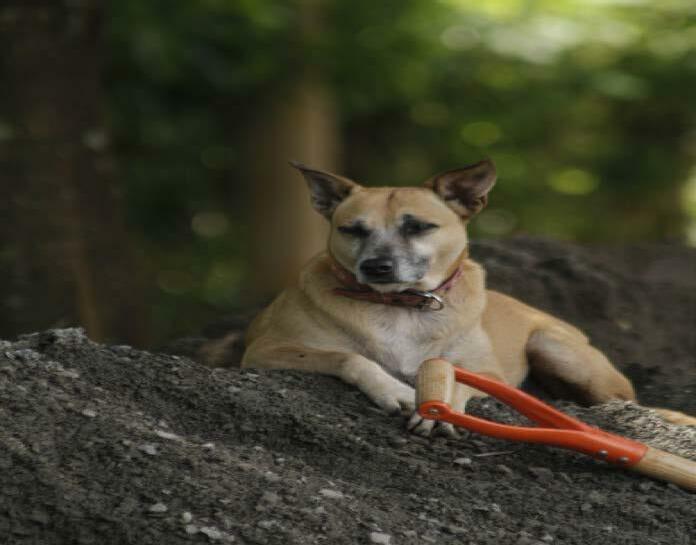
Are animals required to be ridden or carry/ pull loads?
Does the activity require the use of working animals?
Many parts of the world rely on working animals for transport, farming or as part of a tourist activity. Usually the welfare standards for these animals is poor and leads to suffering, pain and early mortality for beasts of burden.
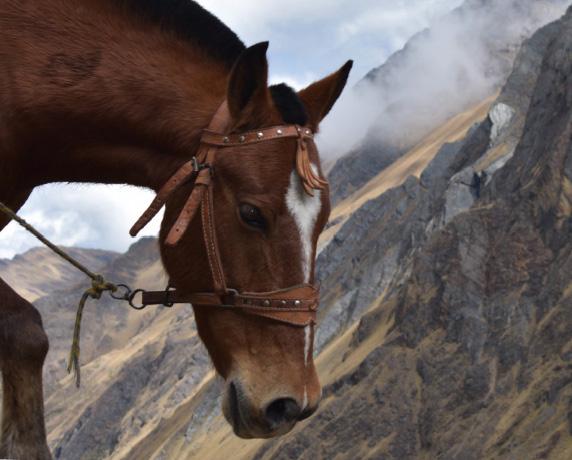
CI does not condone the riding of tame wild animals such as elephants.
CI discourages the riding or use of working domestic animals wherever possible. If this is unavoidable, best practice is met for animal welfare.
CI has signed and adheres to World Animal Protection’s ‘Protecting wild animals in tourism’ statement of commitment.
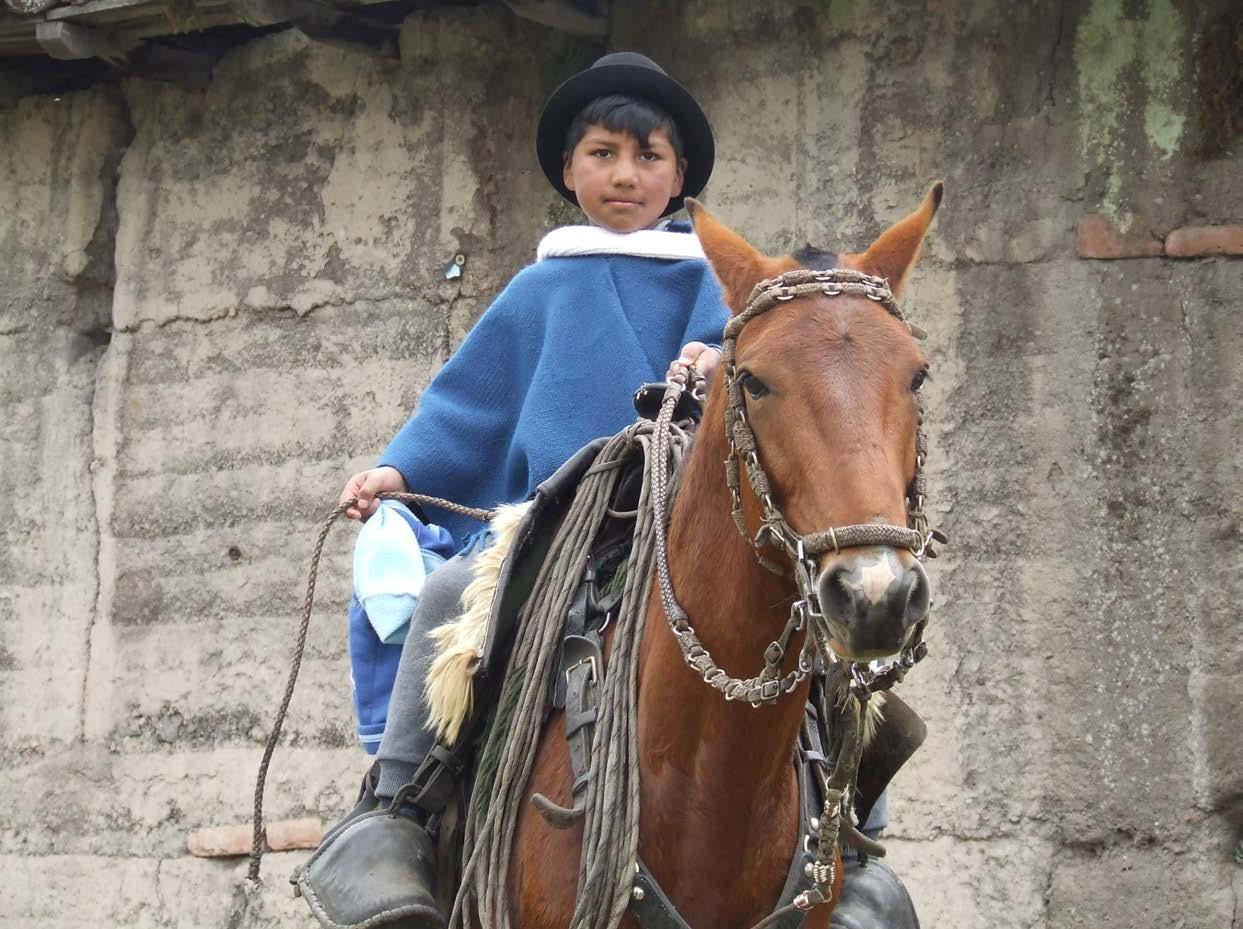


Is the equipment appropriate for the animal and the task?
Inadequate or ill-fitting equipment can cause injury to working animals and may even pose a risk to the handler or volunteer.
Equipment should fit, not cause injury and should be cleaned and dried after use.
Mule’s saddle blanket should sit clear of the backbone so that weight is born to either side of the mid line.
Bits should be well made, free from sharp edges and should not cause injury to the tongue, bars of the mouth or lips.
Stainless steel bits should be used where available. When leading a mule, head collars are always preferable as they leave the mule free of the bit.
Equipment should be removed during rest periods and ideally when eating and drinking.
Shoes should be secure. Worn or loose shoes may be lost during the expedition leading to bruising of the foot and other problems.
Is the load being carried/pulled appropriate for the individual animal?
Welfare standards are often low with working animals and exhaustion through over working causes injury, pain, distress and early mortality.
Animals are trained and worked within their physical capabilities.
Loads are equivalent to the animal’s size and ability (e.g. not more than one person on an equine or camel and rider appropriately suited to the animal in terms of weight).
A recommended maximum weight of 80kg should be used as a working guideline for a mule. This can be varied according to terrain, distance travelled and other key variables. Extra mules should be considered for longer expeditions.

Work should not be in the hottest part of the day and animals should have regular rest periods each day of at least an hour between working periods.
Water should always be made available.
Supplementary feeding should be available.
What type of tethering system is used for the animal(s)?
The tethering system should make use of a wide, nontraumatic material that can be safely secured around the animal’s lower leg without cutting into the skin.
CI insists on the use of well-made tethers made from leather or cotton. Nylon rope should never be used against the skin.
All guides and expedition leaders should be aware of this, check for open tethering wounds and insist on the use of proper equipment.
Tethering must be limited to only a few hours each day and the animal is able to walk, lie down and stand up without putting tension on the tether, and is able to access basic resources like food, water and shade. Tethered animals are regularly monitored.



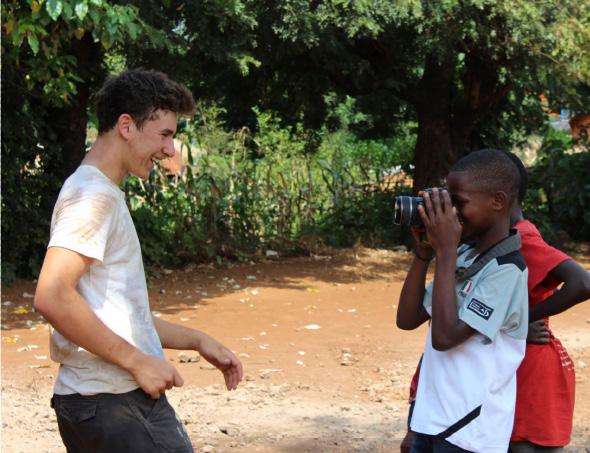
Are volunteers presented as ‘helpers’ coming to provide a service?
Overseas travel presents unique risks for staff, volunteers and local communities. A code of conduct can help set expectations and give guidance to appropriate and expected behaviour.
Are volunteers presented as ‘helpers’ coming to provide a service?
Camps’ work in communities and environmental hot-spots relies upon a lively partnership between all stakeholders. Our young travellers are among those stakeholders and their understanding of how to play their role is vital to the successful function of the whole.

Expedition Code of Conduct in place detailing standards of behaviour that protect staff, volunteers, students, local children and other community members from harm.
All volunteers are presented as ‘learners’ coming to offer solidarity in the spirit of mutual exchange, and as equals to the project partners.
CI Responsible Traveller Training ensures that each young person travelling with us understands their role within the context of project objectives, environmental impact and cultural sensitivity. A Code of Conduct summarises that and acts as a convenient touch point for the continuity from training to application on expedition.
Does the Responsible Traveller Training and Code of Conduct include consideration of interacting with children and other community members?
It’s important that every volunteer is made aware of acceptable and unacceptable standards of behaviour when interacting with children and local community members.
Is there a reporting process in place for volunteers to report on any issues experienced during their volunteer placement?
A reporting process ensures that all clients have a clear mechanism for reporting any issues experienced during their volunteer experience. This may include risk of exposure to harm or witnessing or suspecting harm to local children and other vulnerable community members.
The Responsible Traveller Training and Code of Conduct work alongside CI’s Safeguarding Policy and Reporting Processes.
CI has a comprehensive reporting process in place that is clearly communicated and accessible to clients.
The reporting process includes examples of reportable incidents, advice on roles and responsibilities of specific individuals, and guidance on how and when to report.
Is there a process in place to ensure all participants have received the Responsible Traveller Training and signed the Code of Conduct and Child Safeguarding Policy?
The majority of volunteers are not qualified in infrastructure design. Experts need to be involved in design and quality assurance. Even engineers and architects from other countries may not be fully versed on conditions in the country where the project takes place.
All students and guardians are asked to go through our Responsible Traveller Training and sign the Code of Conduct and Child Safeguarding Policy as a conclusion of that. The philosophy here is one of shared responsibility in each stakeholder equipping themselves for their role.
Mechanisms are in place to ensure the Code of Conduct is distributed, signed and collected prior to departure.
Does the project provide an induction for volunteers that includes how to be culturally respectful?
It is fundamental for volunteers to be culturally respectful if they are to ensure that they don’t cause harm. CI’s local teams will know what cultural guidelines are important to follow.
Do volunteers currently have the skills needed for the volunteer role, or will adequate training be provided?
Is there a clear and documented process in place for volunteers to build on the work of previous volunteer groups?
Requiring volunteers to do roles that they would not be qualified to do at home can put both the clients and local people at risk and reinforce feelings of inequality.
In placements that see streams of short-term volunteers, there is a big risk of each volunteer repeating the same work and the same mistakes of the last one, which over time causes harm to local communities.
The CI Responsible Traveller Programme provides an extensive induction for volunteers, which includes introduction to cultural norms and standards. On-expedition activities reinforce that learning.

Volunteers only undertake roles that they would be allowed to do in their home country, and adequate training is provided by local project teams.
There is a clear handover process between volunteers and volunteer groups to try to ensure that each volunteer builds on the work of the last.

Does the project have clearly defined selection criteria for recipients?
If the beneficiary selection process is not carefully managed then this can cause jealousy or conflict in communities, disrupt power balances, including gender and power dynamics.
Is there a clear process for further donations to be given if desired?
Offering donations without a formal procedure in place may end up with the donation being mishandled or disrupting power balances.
There are transparent selection criteria for recipients, that have full buy-in from the community and are aligned with defined community needs, and project objectives.
All donations are channelled through the Camps Foundation so that they are distributed transparently and equitably. project objectives.
Does the project provide, or allow for, material items or handouts?
Material handouts can be particularly tricky to handle well, as there is a risk of conflict, dependency, and disrupting power dynamics. In some cases, material donations are sold back to local markets instead of being used by communities. In particular, if visitors are allowed to give gifts or donations to individuals, it can inadvertently fuel rivalry. The situation is also open to corruption, as it is hard for short-term visitors to follow up on determining how donations have been used.
If physical donations are required, they should be sourced from the host country (preferably the local community) and there should be clear selection criteria in place.
Is the camp constructed in an environmentally sensitive way?
Eco-conscious construction is not only essential for the health of the environment but if done properly, can also be beneficial to the local community and surrounding areas.
Wherever possible building materials are sourced locally.
Maintain indigenous trees and avoid clearing nearby vegetation.
Construct access roads, storage sites and waste disposal areas to reduce negative environmental impacts.
What considerations are made when planning a new CI camp?
Prior planning and environmental Impact assessments are crucial to ensure that CI does not have a negative impact on the chosen location or surrounding areas.
CI Commissions experienced environmental consultants to undertake an EIA before construction begins. Gathers detailed information on the availability of water in the area, rare and vulnerable habitats to protect, and natural resources that can be sustainably harvested.
New developments are planned only in areas where the use of natural resources will not conflict with local community needs now or in the foreseeable future.
New camps are planned to have the lowest possible ecological impact, particularly in environmentally sensitive areas such as the coastal zone, indigenous forests, wildlife habitats and wetlands.

Most of the world’s energy comes from burning fossil fuels, such as coal, oil or natural gas. This results in high levels of air pollution that contribute to climate change. Conserving energy resources by using them efficiently and using clean technology wherever possible can help reduce pollution and minimise negative environmental and social impacts.
Ensure that free energy sources are incorporated into every camp design such as natural light, natural heating and shading from trees where possible. Plan for cross-flow ventilation.
Position water tanks close to the point of use and install gravityfed water systems.
Reduce ‘food miles’ by using locally produced food and committing to a reduction in meat consumption over the next 3 years.


Limit energy use through specific generator times and use low-energy appliances where possible.
Encourage the use of environmentally friendly transport.
What measures are in place to reduce energy consumption?
How is the camp designed to minimise negative impacts on the area?
A well-designed camp will ensure that it is sympathetic to the surrounding environment whilst at the same time minimising any potential negative impact on the environment.
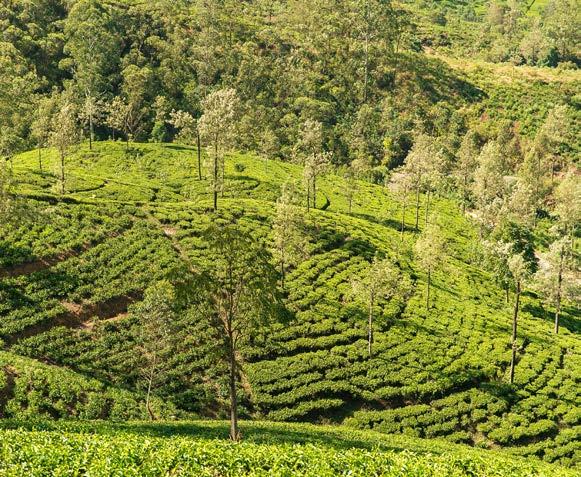
Camps built using sustainably harvested, local materials in their design.

All camps designed to minimise noise and harsh lights, which may impact on local people, volunteers and wildlife.
Minimise the use of water, energy and materials to reduce future environmental costs.
Incorporate local architectural styles to improve the aesthetic impact of the development.
Consider a temporary tented camp to minimise environmental impact.
Plan landscaped areas to include local indigenous species.
In many of our areas of operation, water is a scarce commodity where water demand far exceeds supply. Tourism also generates a lot of wastewater, which comes from laundry washing, sinks, showers and toilets. Sometimes this waste is untreated, and bacteria and chemicals are discharged directly into the environment. Poor sewage treatment can pollute ground and surface water and degrade marine resources.
Roof-fed water tanks installed in camps to collect rainwater.
Dry composting toilets or low flow toilets and waterless urinals installed where possible.
Limit volunteer shower time each day and inform volunteers how they can help with water conservation.
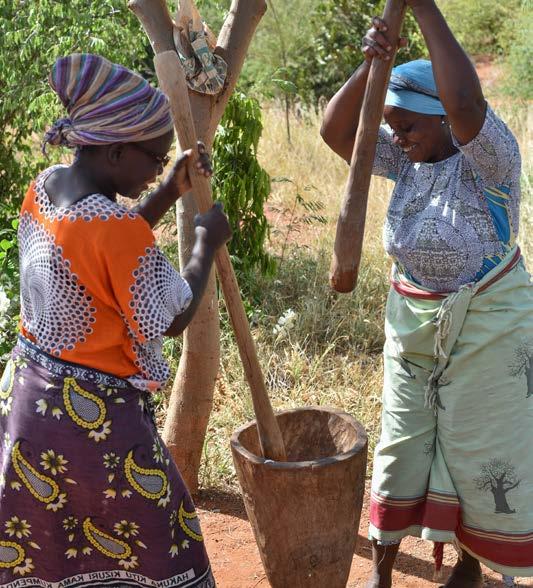
Ensure water pipes, joints, valves and hoses are well maintained to prevent leakage.
Tap aerators and low flow shower heads installed where possible.
Separate effluent water into reusable and non-reusable streams. Use grey water from showers and basins for landscaping and in toilets.
Ensure that toilets and associated waste systems are at least 30 metres away from a water source.
Use biodegradable, phosphorous-free detergents, which lower the nutrients in effluent.
What measures are in place for water conservation and management?



